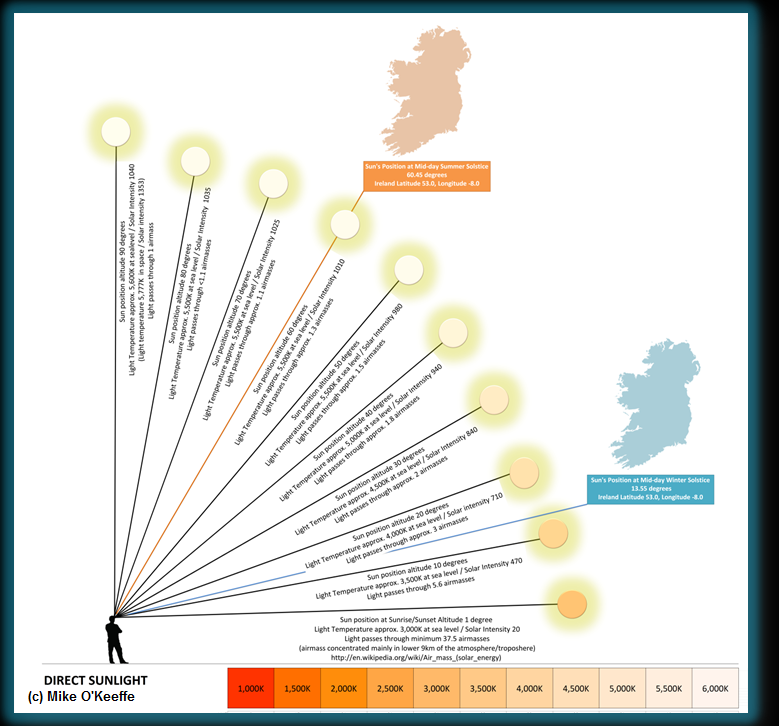Back To Basics
For the last few days I have been looking again at the logic behind this Image Quality Tool, re-jigging the scoring of parameters (now Rev. 1.2) and having a closer look at different image manipulation tools and their likely impacts.
I have revamped and uploaded a couple of additional videos on the IMAGE QUALITY TOOL page explaining the logic, hopefully in clearer detail.
One video presents the parameters once again and should hopefully illustrate their relative importance in terms of the makeup of an image and the likely impact of each parameter in bird ID terms.
Another video presentation details the relative scoring which I have now changed quite a bit from the original version (current version is Rev. 1.2). Again the relative importance and scope of each of the parameters should hopefully jump out from that presentation.
Lastly I have included the video presentation below, exploring different types of common digital image manipulation tools. Once again I would appreciate comments from the expert photographers out there.
Q. Have I accurately depicted each of the image modification tools?
Q. Have I missed any obvious tools?
Q. Have I under or over-estimated the likely impacts upon image quality and bird identification due to the over-use of any of these tools?
Q. Where might you suggest I should next focus my research?
I am very conscious that many people view image manipulation with contempt. Some of that may come down to a lack of understanding about what each of the tools are for and what they do to the image and it's data. It is true to say that modification and re-saving of JPEG images will erode and compress the data further, but if the net affect is that it makes an ID possible, surely it is worth the modification.
Needless to say modifications which fundamentally alter the image and embellish the truth are not acceptable in bird ID terms and must be found out and discouraged.
I'll readily admit that I have only a relatively basic understanding myself of many of the intricacies of each of the tools, the algorithms involved and how different tools might impact negatively on bird images. However I tend to keep an open mind. One of the purposes of this blog is to tease out some of these questions, without hopefully getting too technical in the process.
Initially when I started wrestling with the question of digital image manipulation I assumed that I was opening a Pandora's box and that it would be far safer to put out a blanket stipulation that only the original, unmodified images should be used with the tool. Then I realized that most birders and rarities committees alike probably make do with images published on line or cropped and sent via email, or indeed, printed and supplied with a written submission. Images transmitted over the internet tend to have been modified and re-saved in many cases. Having pondered each of the commonly used modification tools, I am feeling a bit more upbeat as it were regarding their relative impacts for bird ID. For the most part I feel that standard exposure, contrast and colour manipulations should not be too concerning. Some of the other tools may be more damaging when over-utilized.
At worst the Image Quality Tool will fall slightly foul of these manipulations and inadvertently score an image higher than perhaps it deserves to be (see earlier posting FOOL THE TOOL). Many of these standard manipulations I have found tend to actually aid identification if used properly.
Over-manipulation tends to introduce some obvious image artefacts so if someone has been over-zealous with a sharpening tool or a noise-reduction tool hopefully the Image Quality Tool will properly compensate for that.
In any case I am going to leave the Image Quality tool alone for now and call a halt to any more tinkering with relative scorings etc. In my next posting I hope to display a good series of images which have been scored using the tool (Rev. 1.2). Hopefully this will prove the value of the tool to those who may be a little sceptical at this point.
Lastly, thanks again to those who have responded in private. I hope I have taken on board all your comments in Rev. 1.2 of the tool and you find these additional videos of benefit.







.gif)





